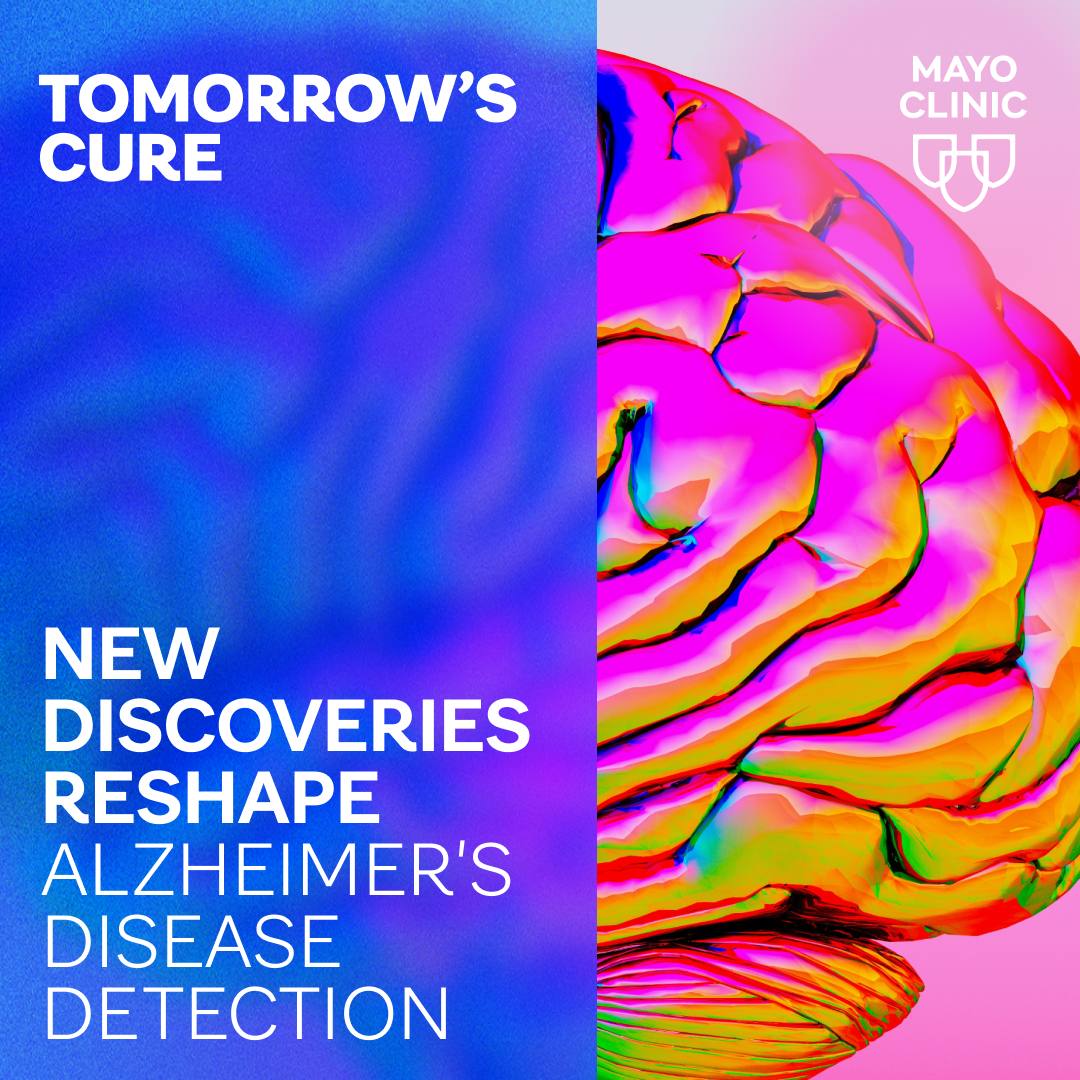-
Mayo Clinic Q and A: What is degenerative disk disease?

DEAR MAYO CLINIC: I've been struggling with back stiffness and pain for a long time, but it has gotten worse in the last few years. My doctor told me that I have degenerative disk disease. What exactly does that mean? Is it common and what can I do to feel better?
ANSWER: Degenerative disk disease is a common cause of back pain. Our spinal disks wear out with age and use. About 20% of all U.S. adults have some amount of degeneration by age 65. This increases to about 35% by 80. Everyone has a degree of degeneration with time. It may or may not worsen or cause symptoms. Progression can be stagnant, slow or fast.
Disks are the fluid-filled cushions between the bones in your spine. The disk is flexible, and it fills the space between the vertebrae and provides the necessary cushion to allow the spine to bend and flex fully without pain. Like airbags in a car, the disks prevent the vertebrae from hitting each other and act as shock absorbers.
Degenerative disk disease is the result of multiple factors, some that can be controlled and others that cannot. Age and time increase the odds of developing degenerative disk disease.
Women are more likely than men to develop degenerative disk disease. Carrying excess body weight increases your risk, as well as spine strain due to manual labor, poor posture or heavy lifting.
Your symptoms and pain depend on the progression of your disease. As degenerative disk disease begins, the spinal disks start to lose fluidity. They become dehydrated and are not as rubbery or soft. This leads to the disks shrinking and losing height. Often, the disks that are low in the spine degenerate first.
As degeneration progresses further, the disks dry out even more and may begin pushing on nerves. A person could develop a ruptured or bulging disk. Often, people have a bulging or ruptured disk with no symptoms, but sometimes this can cause symptoms in one or both legs.
A bulging disk happens when the outer layer of the disk, the annulus fibrosis, bulges into the spinal canal. A ruptured disk, sometimes called a herniated or slipped disk, happens when the inner part of the disk, the nucleus pulposus, leaks out of the disk through a crack in the annulus fibrosis.
If a disk continues to degrade, it can result in a complete loss of the disk. Then, the person only has an air-filled space between the vertebrae, or the bones of two vertebral bodies directly contact each other. If your condition progresses to this level, you likely will have severe pain, significant stiffness and possibly nerve compression.
There are many treatment options for degenerative disk disease. Nonsurgical treatments are important throughout the continuum. Weight loss can be extremely beneficial, along with decreasing the manual labor on the spine. Injections, medications, physical therapy and strengthening your core can ease symptoms. It is important to work with a spine center that can offer various options for treatment. This might include access to clinical trials.
Surgery is only an option after nonsurgical treatments are first exhausted. Surgery is considered if the condition is causing symptoms of nerve compression and these symptoms are progressing despite physical therapy, medications and injections. Symptoms from nerve compression may include pain, numbness or weakness that radiates into a limb.
Surgical options for degenerative disk disease include:
- Decompression surgery, such as a laminectomy or diskectomy, which creates space for the compressed nerves by removing part of the vertebrae bone or damaged part of the disk. Relieving pressure on the spinal cord or nerves can ease symptoms.
- Stabilization surgery, such as a spinal fusion, which improves stability by permanently connecting two or more vertebrae in the spine. It may be performed after a decompression surgery for certain surgical indications of the spine.
- Disk replacement surgery, which replaces a worn-out disk with an artificial disk. Replacing a disk may help relieve pain in your arms or legs while maintaining motion and flexibility.
Talk with your health care team about your back pain, and ask them to tailor a treatment plan based on your personal goals and the level of your disk progression. — Dr. Kendall Snyder, Neurologic Surgery, Mayo Clinic Health System, Eau Claire and La Crosse, Wisconsin
****************************
Related Articles
- Mayo Clinic Q and A: Back pain published 10/16/22
- Science Saturday: Could regenerative medicine relieve neck, back pain? published 8/14/21







